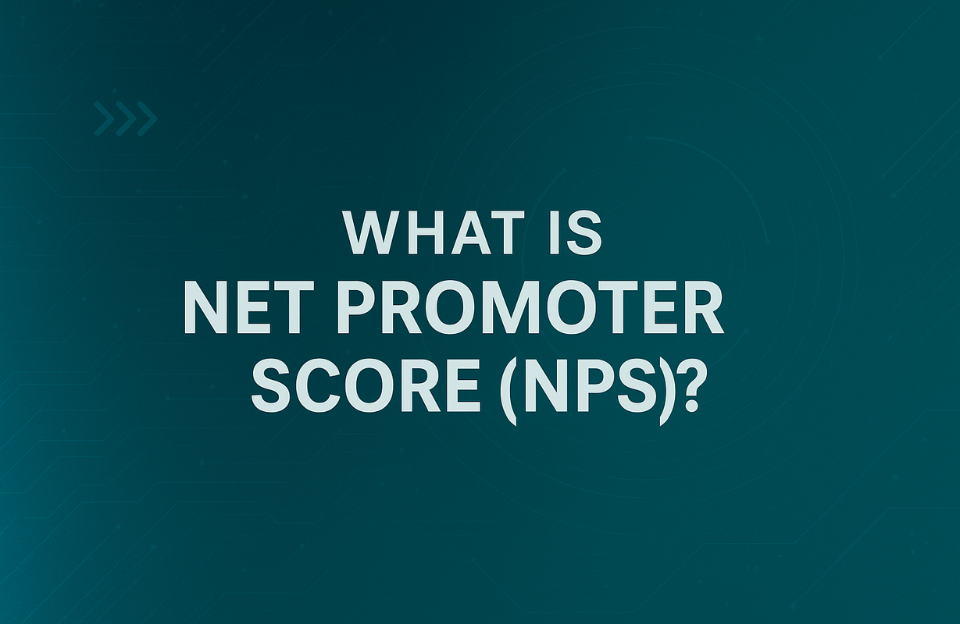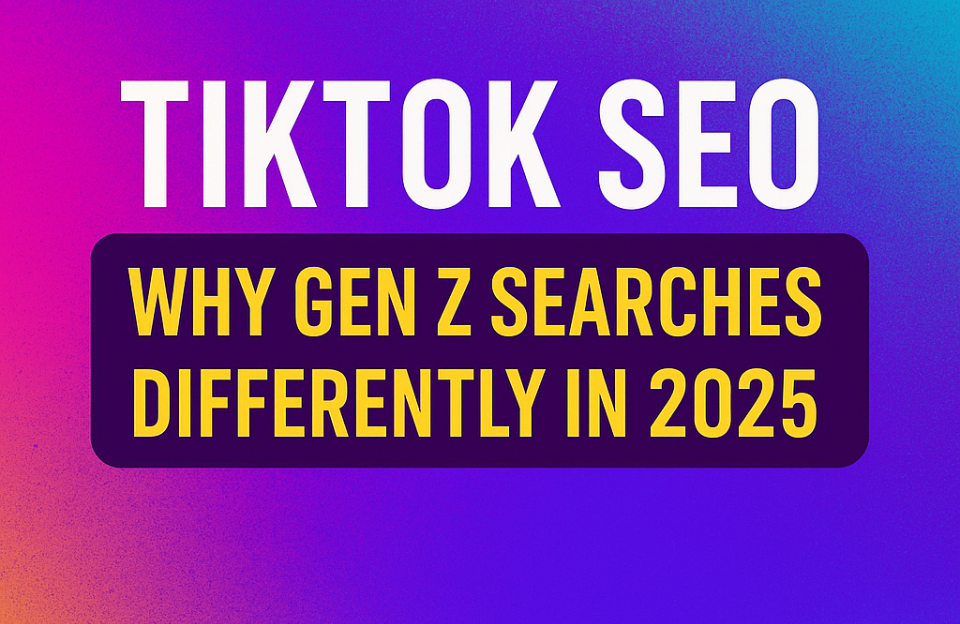Introduction: What Is Net Promoter Score (NPS)?
The Net Promoter Score, or NPS, is a popular customer loyalty and satisfaction metric used by companies around the world. Developed by Fred Reichheld in 2003, NPS is based on a simple question:
“How likely are you to recommend our product or service to a friend or colleague?”
The score helps businesses understand overall customer sentiment, predict growth, and identify areas for improvement.
How Is NPS Calculated?
Respondents answer on a scale from 0 to 10 and are categorized into three groups:
- Promoters (9–10): Loyal enthusiasts likely to recommend your brand and fuel growth.
- Passives (7–8): Satisfied but unenthusiastic customers vulnerable to competitors.
- Detractors (0–6): Unhappy customers who may damage your brand through negative word-of-mouth.
Formula:
NPS = % Promoters − % Detractors
The result is a score ranging from -100 to +100.
Example NPS Calculation
Let’s say you surveyed 100 customers:
- 60 customers gave you a 9 or 10 → Promoters
- 20 customers gave you a 7 or 8 → Passives
- 20 customers gave you a 0–6 → Detractors
Calculation:
Promoters = 60%
Detractors = 20%
NPS = 60 − 20 = 40
A score of 40 is considered a solid NPS in most industries.
Why NPS Matters
- Customer Loyalty Indicator: Reflects how likely your customers are to return and refer others.
- Growth Predictor: High NPS often correlates with strong future business performance.
- Benchmarking Tool: Allows comparison to competitors or industry averages.
- Feedback Driver: Follow-up questions help uncover insights behind the score.
How to Use NPS Effectively
- Automate Feedback Loops: Send surveys at key customer touchpoints.
- Segment Responses: Analyze NPS by customer type, product, or location.
- Take Action: Follow up with detractors and engage promoters.
- Track Over Time: Measure your NPS regularly to assess long-term trends.
Industry Benchmarks (Example Ranges)
| Industry | Average NPS |
|---|---|
| E-commerce | 45 |
| SaaS / Software | 30 |
| Telecommunications | 10 |
| Financial Services | 34 |
NPS Pros & Cons
✅ Advantages:
- Simple and quick to implement
- Easy for stakeholders to understand
- Correlates with customer growth potential
- Enables internal and external benchmarking
❌ Limitations:
- Does not explain “why” without follow-up questions
- Can be biased depending on cultural norms
- Score can be manipulated if employees push for high ratings
Real-World Example: How Apple Leverages NPS for Exceptional Customer Experience
Apple is one of the most iconic brands in the world—and a textbook example of how to successfully use Net Promoter Score (NPS) as both a performance indicator and strategic tool.
1. NPS Embedded in the Retail Ecosystem
In Apple Stores, NPS is deeply integrated into daily operations. After a customer visits a store or purchases a product, they often receive a follow-up survey asking the classic NPS question:
“How likely are you to recommend Apple to a friend or colleague?”
This is not just a formality. Apple closely monitors this data at a store level, regional level, and employee level. Managers receive real-time alerts when a customer leaves negative feedback (a score of 0 to 6), and staff are encouraged to follow up personally—sometimes within 24 hours.
2. Service Recovery with “Detractor Rescue”
Apple takes detractors seriously. A poor NPS score often triggers what the company internally refers to as “detractor rescue.”
This means a specialist or store manager contacts the customer to address the issue directly—whether it’s dissatisfaction with service, a product defect, or a misunderstanding.
By taking prompt action, Apple turns many unhappy customers into loyal ones. This tactic reinforces the idea that customer feedback isn’t just collected—it’s acted upon.
3. Linking Employee Incentives to NPS
Apple also uses NPS data to coach and evaluate employees—not just on sales, but on customer satisfaction. Genius Bar staff and sales associates are trained to create exceptional experiences, not just push products.
Their performance reviews often include NPS metrics, making customer happiness a core KPI.
This culture of customer-centricity is a major reason Apple enjoys high loyalty and frequent repeat purchases.
4. Using NPS to Influence Product Design
Beyond the retail floor, Apple analyzes aggregated NPS feedback to improve product development. If a large number of detractors mention battery life, connectivity, or UI complexity, these insights feed back into the product roadmap.
In fact, Apple’s AirPods Pro and iOS usability improvements were partly informed by customer feedback collected through NPS surveys. The company treats NPS data as a strategic asset, not just a marketing metric.
5. Quantifiable Results: Loyalty and Growth
According to multiple independent studies, Apple’s NPS often ranks above 60–70, depending on the product and region—placing it among the top performers in consumer electronics.
This high NPS correlates with:
- Strong customer loyalty
- Repeat purchases across product categories
- Word-of-mouth growth
It’s no coincidence that Apple customers not only buy iPhones, but also MacBooks, AirPods, Apple Watches, and even services like iCloud or Apple Music. That’s the result of brand trust earned through experience—and measured through NPS.
Apple NPS Calculation: A Realistic Scenario
Let’s assume Apple surveys 1,000 recent customers:
- 720 customers rate Apple a 9 or 10 → Promoters
- 180 customers rate Apple a 7 or 8 → Passives
- 100 customers rate Apple 0 to 6 → Detractors
Step 1 – Calculate percentages:
Promoters = 720 / 1000 = 72%
Detractors = 100 / 1000 = 10%
Step 2 – Apply the formula:
NPS = 72 – 10 = 62
A score of +62 is excellent, especially in the tech sector. It reflects strong brand loyalty and high customer satisfaction, both of which drive repeat purchases and organic growth.
Conclusion
Net Promoter Score is more than just a number—it’s a strategic tool that helps companies measure loyalty, improve customer experience, and fuel sustainable growth. When used correctly, NPS offers a simple yet powerful way to track what really matters: how your customers feel about your brand.
By combining numerical insights with qualitative feedback and action plans, NPS becomes a growth engine rather than just a metric.




